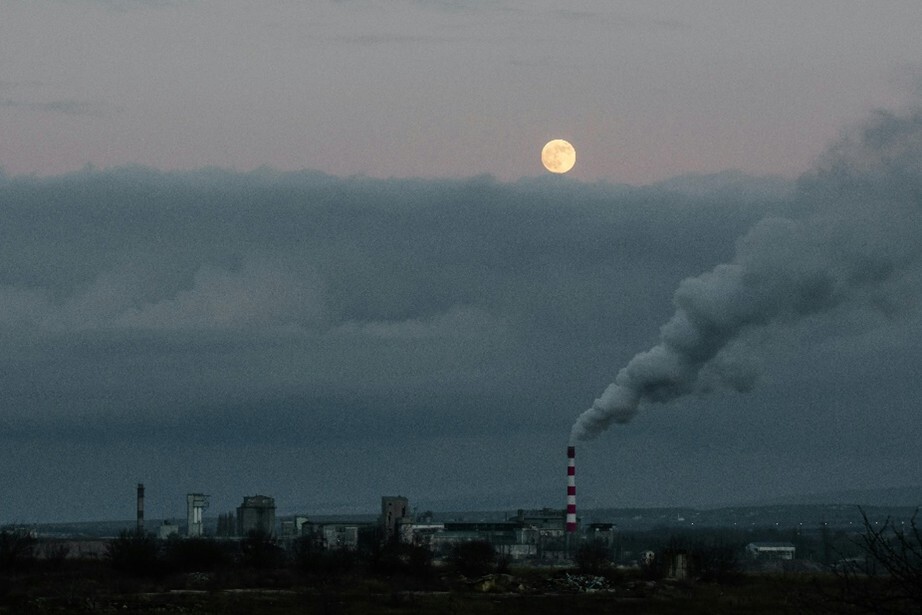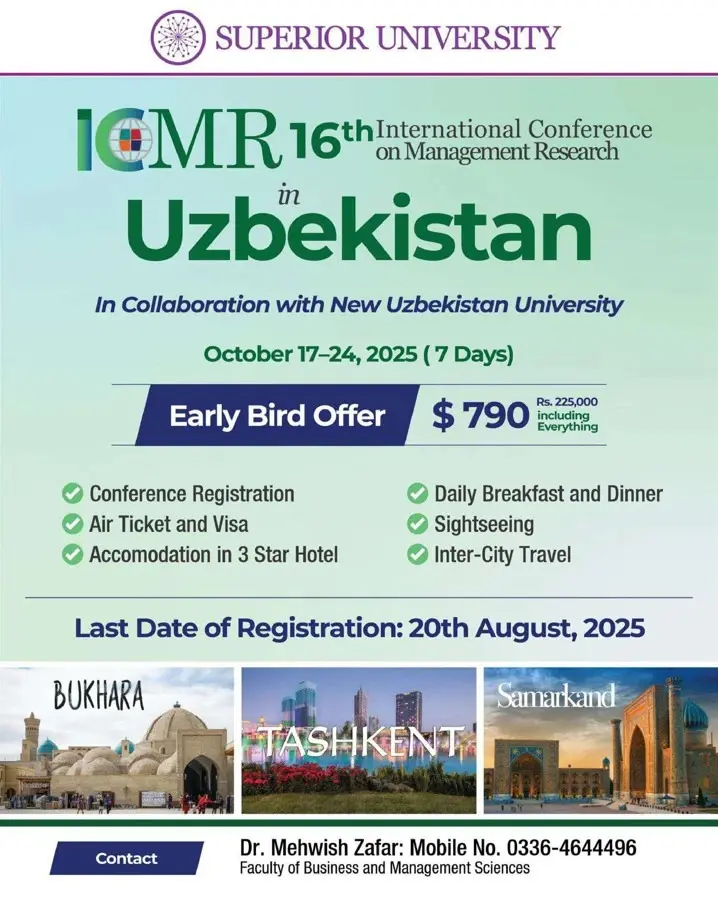


Punjab’s Changing Skies
Punjab, once celebrated as the breadbasket of Pakistan, was long known for its lush green landscapes, fertile soil, and vibrant culture. Today, this image is under threat. Over the past decade, the province has faced alarming environmental decline, with smog becoming an annual winter phenomenon. A dense layer of polluted air now regularly blankets the region, turning bright skies into a toxic haze. This recurring crisis is not only an environmental challenge but also a serious public health, agricultural, and economic concern that demands immediate attention.
What Smog Is and Why It Forms
Smog is a severe form of air pollution that occurs when smoke and fog combine, often intensified by sunlight reacting with harmful pollutants such as nitrogen oxides (NOx) and volatile organic compounds (VOCs). These pollutants mainly come from vehicles, industrial activities, and other human actions.
In Punjab, several factors fuel the smog crisis. Crop residue burning after harvest is a major contributor, releasing pollutants like PM2.5, carbon monoxide, and nitrogen oxides. Rapid urbanization, the use of low-quality fuels, and poorly maintained vehicles further degrade air quality. Industrial facilities, especially brick kilns and steel mills, often rely on outdated technology and lack proper regulation. Winter weather conditions low winds and cooler temperatures trap pollutants close to the ground. To make matters worse, polluted air from neighbouring regions also drifts into Punjab, worsening the situation.
How Smog is Hurting Punjab
The damage caused by smog is extensive and multifaceted. In terms of health, it is linked to respiratory illnesses, cardiovascular diseases, eye and throat infections, and other chronic conditions. According to the World Health Organization, air pollution contributes to 200 deaths per 100,000 people annually in Pakistan.
Agriculture, the lifeblood of Punjab’s economy, is also severely affected. Smog reduces the amount of sunlight reaching crops, limiting photosynthesis and cutting yields by 10–40%. This not only threatens food production but also impacts farmers’ incomes. The economic cost is equally alarming. Air pollution drains 5.88% of Pakistan’s GDP about USD 47.8 billion annually through healthcare costs, productivity losses, transportation delays, and preventive measures.
Strategies for a Cleaner Future
Addressing smog requires a combination of policy reforms, technological upgrades, and public participation. In agriculture, alternatives to stubble burning such as using crop residue for bioenergy should be promoted. The government must strengthen air quality laws, increase monitoring, and enforce compliance. Transportation reforms are essential. Introducing Euro-6 fuel standards, enforcing stricter vehicle emission limits, and offering incentives for electric and hybrid vehicles can significantly reduce pollution. In industry, adopting cleaner technologies, switching to renewable energy sources, and modernizing brick kilns can help curb emissions.
Urban development strategies must prioritize expanded public transportation systems to reduce reliance on private vehicles. Additionally, combating transboundary pollution requires collaborative agreements with neighbouring regions to implement joint action plans. Public awareness campaigns can also encourage citizens to adopt cleaner, more sustainable practices.
Moving Toward Clearer Skies
The smog crisis in Punjab is a complex, long-term challenge that touches every aspect of life from the air people breathe to the crops they grow and the economy they rely on. While individuals can contribute by reducing personal emissions, real change will depend on coordinated efforts between government, industry, and neighbouring regions. With strong political will, innovative solutions, and active public engagement, Punjab can restore its clear skies and green fields. The journey will not be easy, but the rewards healthier communities, a stronger economy, and a cleaner environment are worth the effort.



Dr. Saqib Ali is a PhD Scholar in Business Administration at Superior University, Lahore, specializing in Human Resource Management and Entrepreneurship. He currently serves as Assistant Director of Student Affairs at the University of Jhang. With experience in HR, banking, and finance, he has developed a strong understanding of organizational management, employee development, and financial operations.
Please note that all opinions, views, statements, and facts conveyed in the article are solely those of the author and do not necessarily represent the official policy or position of Chaudhry Abdul Rehman Business School (CARBS). CARBS assumes no liability or responsibility for any errors or omissions in the content. When interpreting and applying the information provided in the article, readers are advised to use their own discretion and judgement.
If you are interested to write for CARBS Business Review Contact us!